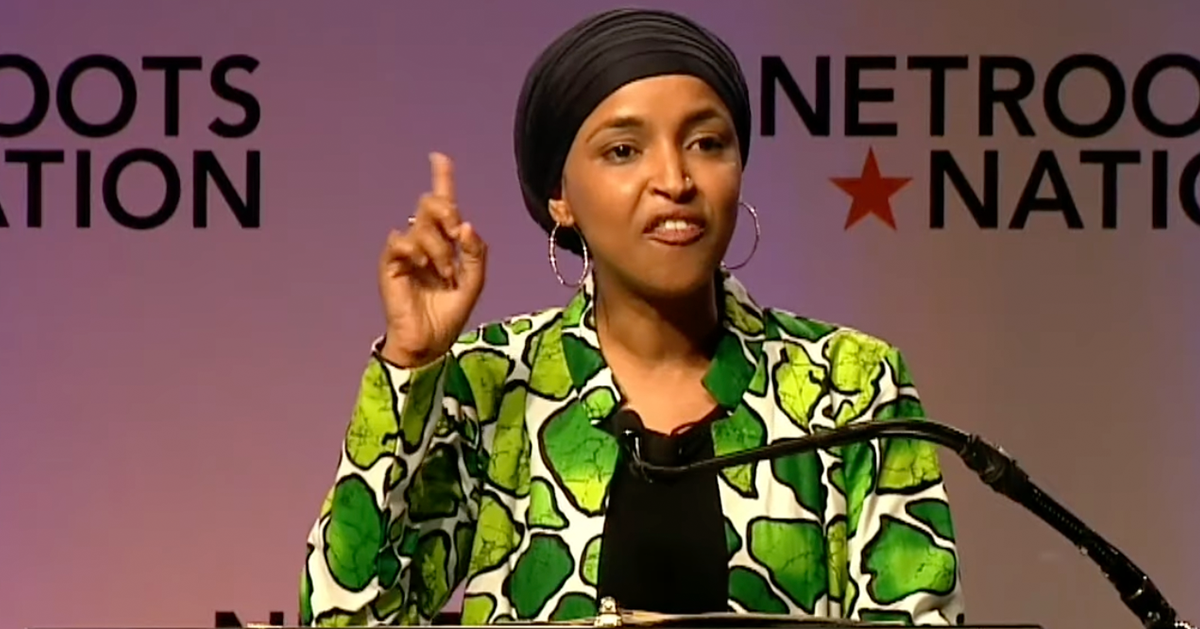Poll: Trump Leads Harris By 17% Among Working-Class Voters, in Echoes of Biden's June Deficit
In a recent New York Times/Siena College poll, former President Donald Trump has emerged with a considerable 17-point lead over Vice President Kamala Harris among working-class voters.
This demographic, crucial in the upcoming elections, shows a continuous preference for Trump over Harris, reminiscent of his earlier advantage over President Joe Biden, as Breitbart reports.
Highlighting a recurring challenge for the Democratic Party, the poll's results shadow an ongoing struggle to appeal to a critical voter demographic.
The poll, conducted between Sept. 3-6, underscores a stalwart preference for Trump among non-college-educated voters, who favor him over Harris by a significant margin -- 56% to 39%.
Analyze Shifts and Trends Among Voter Bases
Prior to their debate on June 27, a similar polling scenario had Trump leading Biden, with 54% of the working-class vote to Biden’s 37%. This set the stage for a confrontation that had noticeable impacts on Biden’s campaign strategies.
Ruy Teixeira, a respected political scientist with a focus on Democrat strategies, has pointed out that Harris is not only trailing in the current polls but is also performing notably worse than Biden did in the 2020 elections with the same demographic.
According to Teixeira’s analysis, Harris has seen a 10-point drop among white and an 18-point drop among nonwhite working-class voters compared to Biden's past performance, signaling a potentially significant issue in rallying these crucial votes.
Demographic Impact Across Key States
Working-class Americans not only form about two-thirds of eligible voters but also represent about three-fifths of the actual voters, making them a substantial bloc in any electoral outcome. Interestingly, their representation is even larger in several key swing states which often decide the presidency.
The states of Arizona, Georgia, Michigan, Nevada, North Carolina, Pennsylvania, and Wisconsin are observed to have a higher-than-average working-class population participating in elections. This demographic could tilt the balance in closely contested elections.
The emphasis on these states underscores the importance both political parties place on winning over non-college-educated voters.
National Trends and Key Electoral Issues
The overall national polling positions Trump marginally ahead of Harris, 48% to 47% among 1,695 likely voter respondents, which is within the poll’s margin of error of ± 2.8 percentage points.
Focusing on the issues at stake, the economy and immigration top the list for working-class voters, with 22% considering the economy the utmost priority followed by 15% who view immigration as their primary concern. This reflects the ongoing national discourse around these pivotal themes leading up to the election.
These issues, coupled with the demographic’s voting power, may well decide the electoral outcomes in November.
Expert Opinions and Media Commentary
Teixeira's commentary underscores the urgency for the Democrats: “There’s no sugarcoating it -- this is a serious problem for the Democrats. College-educated America may be delighted with candidate Harris, but working-class America clearly is not.” This statement emphasizes the growing divide and the challenges it represents for Harris’s campaign.
From another angle, Neil Munro of Breitbart News connects broader policy issues to voter sentiment, particularly critiquing the current administration's approach to immigration, asserting that it is tailored to support a low-wage economy, a point that resonates with many concerned voters in the working class.
This commentary sheds light on how broader policy and economic strategies are perceived by different segments of the population, reflecting a complex landscape of voter priorities and allegiances.
Further Implications for the Democratic Strategy
The connection between voter concerns, demographic trends, and electoral strategy highlights the intricate dynamics of American politics. As the Democratic Party reevaluates its approach to these critical voters, the outcomes of these strategies are awaited with keen interest.
Looking ahead, the Democrats face the arduous task of bridging this significant gap among working-class voters, aiming to shift the current polling trends in their favor before the nation heads to the polls.
The coming weeks are crucial for the Harris campaign to reassess and potentially recalibrate their strategies in hopes of garnering broader support across this pivotal demographic.






